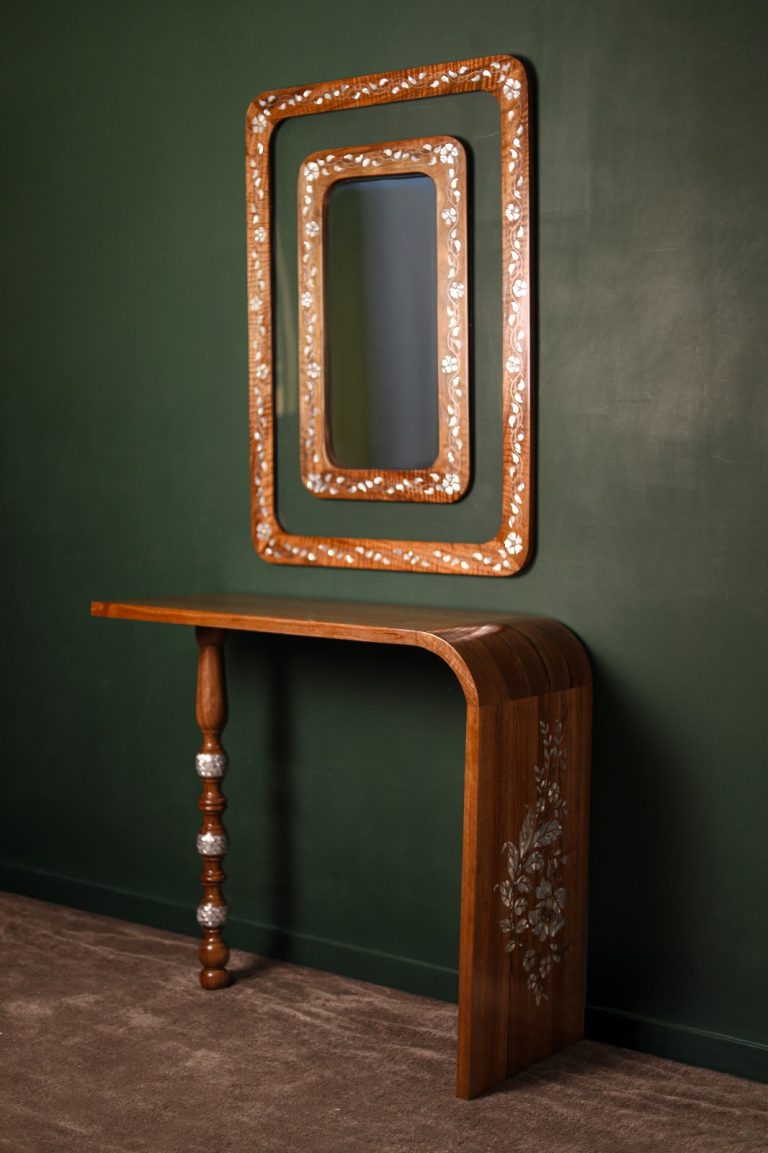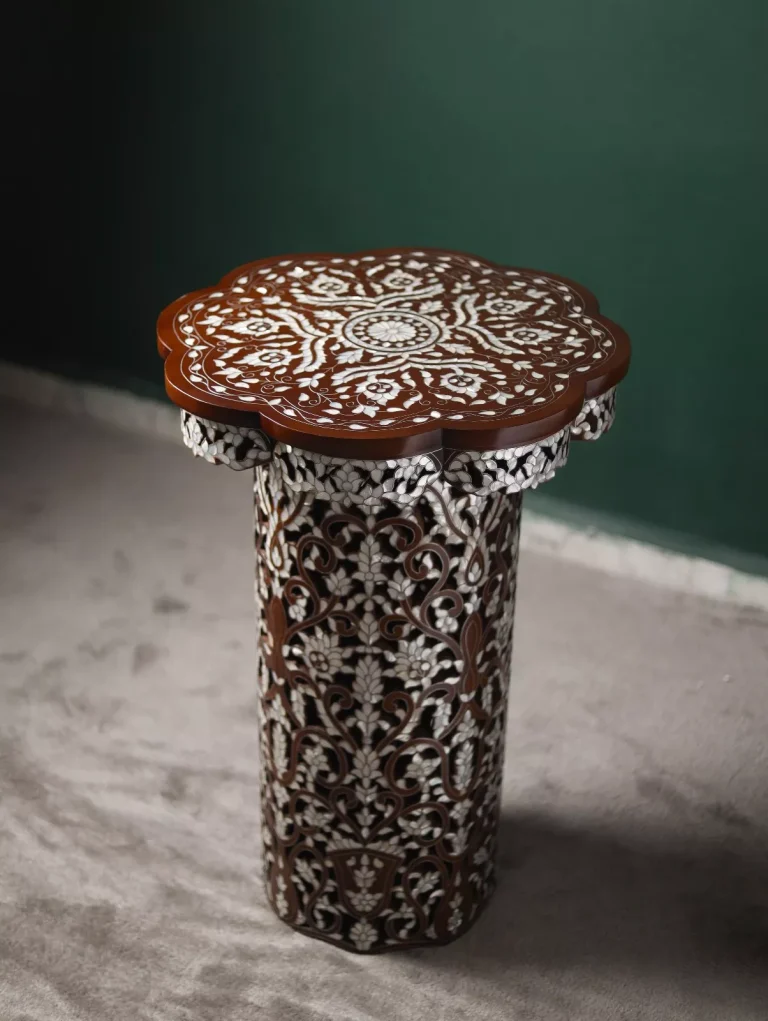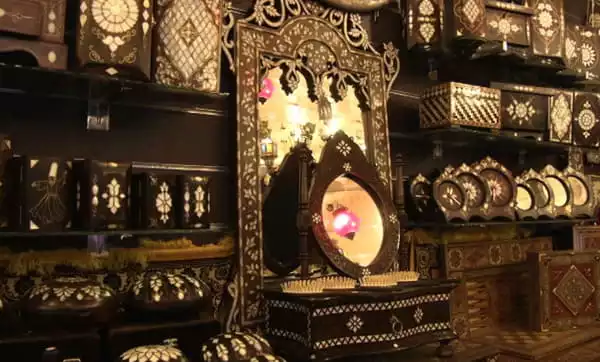Damask glass industry
Damask glass industry
Damascus is famous for its traditional handicrafts, which are distinguished by their quality, mastery, and beauty, the most important of which are pottery, glass, painting on glass, pottery, porcelain and wood such as al-Ajami, mosaics, copper and marble. And stone and boulders.
mosaic and glass;
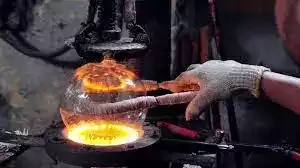
Traditional crafts and industries occupied a large area of the Syrian heritage, as the manufacturer relies on his individual skills, whether mental or manual. Despite the modern machines that entered this craft, it still maintains the traditional style, and insists on reviving this artistic craft and removing the dust of war from it.
What do we know about the manufacture of damask glass and what is the importance of traditional crafts in our society?
Emila will take you on a little tour of this industry. We hope you have a great time This industry belongs to the Damascene families who have been working in this profession for more than 400 years. These families were called “Al-Qazzaz” in reference to the glass industry or “Al-Qazzaz” in the Damascene dialect.
Where the roots of the Damascene glass industry extended to the Phoenicians who were the first to make it, but Damascus was the first to blow it inside the simple brick kilns that were working with olive tubes after pressing it to produce the types of glass that are still standing. It still retains its luster despite the technological and industrial development.
Glass factories were concentrated in the seventies in the Bab Sharqi area, and there were 17 workshops in Damascus, but today there are few kilns, mostly in the handicraft market. Where handcrafted damask glassware is considered a masterpiece of luxury homes, salons and hotels, artisans still preserve the traditional way of making them.
The credit for the invention of glass and its spread in the world goes back to Damascus, which was the cradle of this invention, where the history of its discovery dates back to the era of the Phoenicians, where before that iron or gold and silver were used in the manufacture of tools that we make today of glass, and Damascus glass is one of the best types of glass in the world And it has a prominent position and presence in all markets, even European and American

Stages of glass
We start by providing tools for manufacturing damask glass.
The furnace, consisting of refractory bricks, is also built of refractory soil. The brick withstands temperatures up to 1300 degrees, and its raw material is diesel. Through air and diesel, the bricks generate high heat.
The tubes used to withdraw liquid glass from the furnace and blow into it to remove the glass piece to be manufactured according to the required size and thickness,Iron tweezers for cutting the glass drawn from the furnace after blowing the glass.
Work
First you collect the broken glass and put it in the oven at a high temperature of 1200 degrees Celsius until it melts and turns into a flexible transparent liquid that we can shape. He wants it and separates each piece from the other with cold water.
For the glass coloring process, manufacturers control its color with metal oxides such as chromium, copper, and iron. One of the advantages of making glass by hand is that it is an industry that has no certain limits to restrict. The factory is allowed to create any model he wants from his imagination, but there are approximately 500 models in circulation.
The blower needs high technical skills and continuous training for long periods to be able to work in addition to work and perseverance in the craft and bear the fatigue in front of furnaces that operate at very high temperatures and also needs art, creativity and innovation.
As blowing and winding are among the basics of work to give the desired shape, and it is difficult to deal with recycled glass because it is a hard and manual work, and the grilling or fermentation stage requires a high temperature, which indicates that after the completion of the blowing process comes the cooling stage, which takes more than five hours, where the cooling is done In stages so that the glass is not exposed to the thermal difference between the outside and the inside.
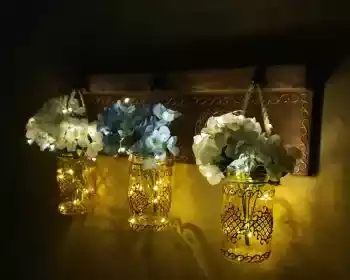
Emba traditional crafts
Traditional crafts are of great importance in the life of any society, as they include many different works that depend mainly on human forces in their implementation, and do not depend on machines, so they require great skill and additional effort and a lot of focus in order to complete them and achieve them on the Totally. Therefore, each person should try to master as many different manual skills as possible in order to get their many benefits. It is an authentic Damascene heritage, but it is declining year after year, shrinking and heading towards extinction as a numbness.

